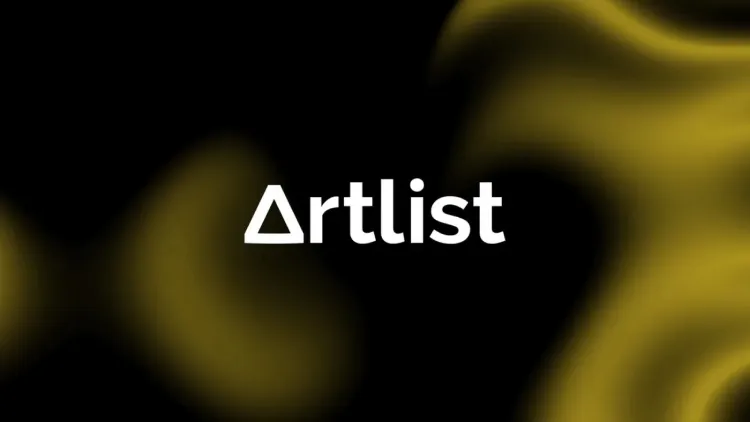The increasing adoption of artificial intelligence throughout industries has made establishing ethical and transparent efficient AI system operations an essential priority. The Keeper AI Standards Test functions as a diagnostic instrument which evaluates AI systems by conducting strict performance and reliability examinations while checking for ethical compliance.
This guide explains the Keeper AI Standards Test by describing its implementation while addressing its fundamental aspects advantages and disadvantages and demonstrating its vital role in AI production and execution.
What Is the Keeper AI Standards Test?
The structured Keeper AI Standards Test constitutes an assessment framework for AI systems evaluation through multiple measurement criteria. The test provides mechanisms to ensure AI models work properly, are secure and are unbiased while exempting bias-related errors and hazardous outcomes. When organizations apply this assessment method they obtain qualified AI systems that showcase increased reliability and trustworthiness.
The test operates in healthcare as well as finance sectors and autonomous systems together with other industries to guarantee adherence to ethical metrics and regulatory standards.
How to Use the Keeper AI Standards Test
The Keeper AI Standards Test should be adopted as a development step by organizations to maintain compliance standards and achieve optimal system functionality. Here’s how it works:
1. Organizations should start by writing down complete specifications for what their AI system aims to achieve and how it should operate.
2. The test performs assessments on training data quality alongside fairness to intervene against bias occurrences.
3. Monitoring of Algorithm Decision-Making Processes Happens to Guarantee Transparency and Accountability in AI Models.
4. The AI system needs to pass several performance tests under multiple situations to measure both its reliability and stability.
5. The system undergoes testing according to ethical guidelines that focus on fairness privacy and security requirements.
6. User Impact Analysis evaluates the expected actual outcomes that affect multiple user populations when AI systems are deployed.
7. When all required standards are satisfied the AI system receives certification for compliance with Keeper AI’s ethical and performance benchmarks.
Key Features of the Keeper AI Standards Test
The Keeper AI Standards Test delivers different features which enable organizations to evaluate their AI models and enhance their performance through assessment tools.
1. Reliability Assessment
Multiple scenarios along with environmental conditions can trigger consistent system performance through this essential feature. Analysis of decision-making patterns permits the detection of potential consistent or failed operations through the test.
2. Bias Detection and Mitigation
When trained AI models receive information they might lead to unintentional output of pre-existing bias in the data. The test system finds and fixes biases present in AI program codes to promote impartial results during decision-making processes.
3. Transparency and Explainability
AI systems have a structure which prevents users from understanding how their automated decision-making functions. The Keeper AI Standards Test verifies that Artificial Intelligence models supply explanations which engineers or operators can easily understand from their outputs.
4. Ethical Compliance Validation
The feature conducts ethical compliance evaluations to confirm AI systems meet international guidelines for fairness as well as privacy protection requirements and security standards.
5. Robustness and Stress Testing
The testing procedure subjects AI systems to unexpected scenarios as well as extreme operational conditions to determine their handling of demanding situations. The AI model maintains reliability through this feature for real-world implementation.
6. Regulatory Compliance Verification
Different businesses must follow strict rules when implementing AI technology. Through the Keeper AI Standards Test organizations can gain verification that their AI models meet industry regulations alongside specific laws.
7. User Impact Analysis
The tool allows organizations to recognize and prevent adverse effects that their AI systems might create for users.
Also check this Tool Review: DreamGF
Pros and Cons of the Keeper AI Standards Test
The Keeper AI Standards Test operates as any other AI evaluation tool but it comes with both advantages and disadvantages.
Pros
1. The framework facilitates the ethical development of AI models by helping organizations meet professional ethical and fair standards.
2. Users develop more trust in AI systems which obtain certification through these tests.
3. The test helps AI models avoid biases by enabling both their identification and eradication of prejudice for fair operational decisions.
4. The testing method provides organizations with tools to make their AI models transparent and understandable through logical decision pathways.
5. This testing facilitates companies to comply with existing regulations by helping them match AI models to regulatory rules thereby diminishing legal exposure.
6. Real-world testing of reliability implements stress procedures to verify AI systems perform properly in operational environments thus enhancing their durability.
Cons
1. The test implementation needs significant financial investment together with extensive technical resources and qualified professionals.
2. Complexity in the testing framework makes it hard for organizations which lack AI specialist staff to decode evaluation outcomes.
3. The implementation of strict testing standards may create delays during AI development phases.
Summary
The industry needs the Keeper AI Standards Test because it functions as a primary measurement instrument for validating AI systems regarding ethical compliance technical specifications and regulatory acceptance. The features of bias detection along with transparency assessment and robustness testing through the tool enable organizations to develop trustworthy AI models. Any organization building AI systems must invest resources toward its implementation because the resulting improvements in reliability fairness and compliance merit such expenditure.
Industries need AI system responsibility assurance because these technologies hold significant importance in modern decision processes. Through the standardized Keeper AI Standards Test organizations can accomplish their goal of creating safer and more transparent AI applications.




